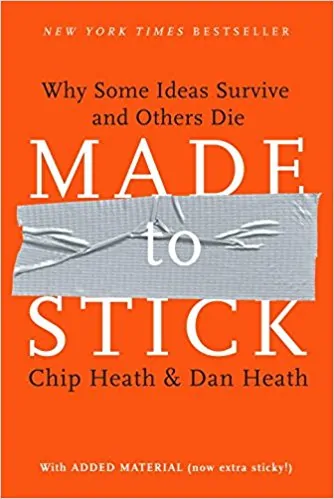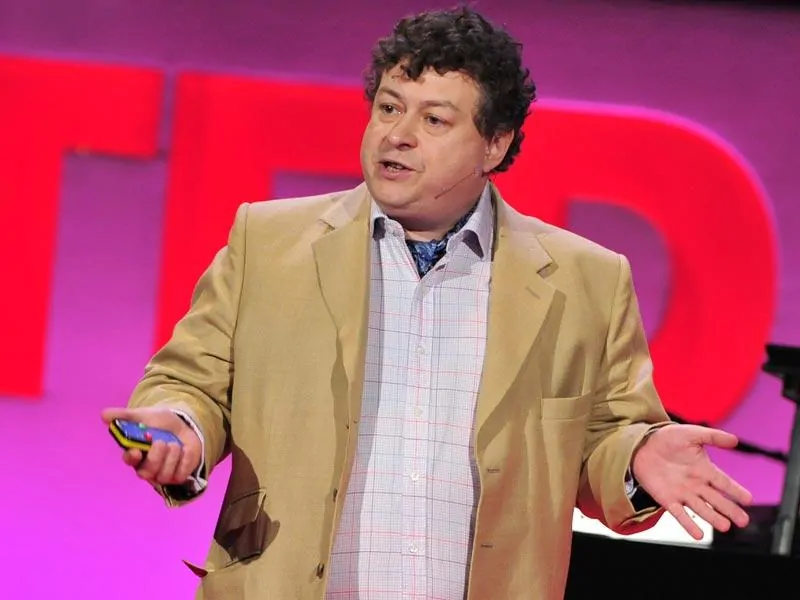
Lose weight using behavioural design
Nir Eyal – once said: “Never trust a behavioural designer who’s out of shape.” The reason is that being (or getting) in shape or losing weight is all about showing (or stopping) a particular behaviour. And the secret weapon to successfully losing some extra weight is applying some behavioural design principles on yourself. So, if you want to light up your life and shed some extra you, you simply need to unlock the power of behavioural psychology.
Did I say simply? Yes, I did! The uplifting news is: You can quickly learn how to lose weight by using some simple behavioural design tricks, which you can use to effectively influence your behaviour (and I’m going to share The Golden Tip with you in a moment). Doesn’t that lift some weight off your shoulders already? Or, your bum. Or your belly. Or your second chin. Wherever you’d like. I’m all for it.
The Golden Tip
Okay, I understand you are hungry for The Golden Tip now. I can appreciate this appetite for knowledge. I need to make one more pun about eating before I move on, or are am I overfeeding you with puns already? I get it, so here you go. The Golden Rule is:
Ability eats Motivation for Breakfast
Let me explain what this means and what kind of substantial impact it can have on you realizing your goal to shed some weight. According to BJ Fogg – a Stanford professor who has studied human behaviour for years – there are two dimensions of behaviour: Motivation and Ability. For years we all only used motivation in trying to nudge our behaviour. But, most of the times it is much more effective to work on the ability axis. In plain English, making the desired behaviour easier or the undesired behaviour harder to do.
Let me give you an example. You can be very motivated to lose some weight. Most of us truly do. But most of us also don’t. It often takes the perseverance of a top athlete to stay focused and determined on that goal. Now, I ain’t no Olympic qualifier just yet, and my guess is most of you aren’t either. So, my motivation often goes down the drain, and I often switch to unwanted behaviour, like eating that bag of crisps that happens to be lying there. Or, drink that one (okay four) glasses of wine if you’re with friends. Or heating up that microwave meal after working late. No judgment here, we’ve all been there.
You can’t help your motivation from dropping now and then. But if it happens, ability is your secret weapon to success.
The secret weapon to success
But the key to successfully sticking to your weight loss plan lies exactly here. You can’t help your motivation from dropping now and then. But if it happens, ability is your secret weapon to success. By making your unwanted behaviour hard to do or your wanted behaviour easier to do, you’ll succeed. That’s behavioural design.
It may seem like an open door now, but the best ability intervention is not buying the unhealthy stuff: Don’t have any (not any) in your house, so if your motivation breaks you simply can’t eat something bad for you (making the undesired behaviour harder). Another intervention: Do food prepping. Make a healthy snack staple that will last a week, let’s say a healthy banana cake. If you get the 4 o’clock craving, you have that banana cake ready (making the desired behaviour easier). Bye, bye crisps. Something else: Put a toothbrush and toothpaste on your desk. If you get a snack attack, brush your teeth. See if you like to destroy your sweet minty breezy breath with some sugar or fat now. You won’t (making the undesired behaviour less enjoying aka harder).
These are just some examples of behavioural design by making behaviour harder or examples of making it easier. But I hope you get my point. Motivation is excellent, but the number one secret weapon for losing weight is ability.
Maybe you can come up with some more smart ability ideas yourself. I’d honestly love to hear them. Please post them on our Facebook page so that everyone can take advantage of them. I’ll put a healthy banana cake recipe on there too. To get you started.
How you can start right away
To wrap it up, the things you could do right away:
– Remove all unhealthy food from your house
– Make that banana cake or have someone make it for you
– Get yourself a toothbrush and toothpaste to put on your desk
– Analyse your behaviour: When does your motivation crack and where. And try to come up with some ability interventions for those moments (and please share them with us, ’cause we’re fellow crackers, you’re not alone in this)
Good luck!
Astrid
PS If you know someone who’s struggling to lose some weight, please share this article with him or her.
Astrid is the founder of SUE Amsterdam and The Behavioural Design Academy. Our mission is to unlock the power of behavioural psychology to nudge people into making positive choices in work, life, and play.
In two days of high-end master classes, we train people in unlocking the powerful principles of behavioural psychology and teach them our Behavioural Design Method™ that translates this knowledge into actionable skills to influence personal behaviour or the behaviour of customers, employees, family members or the general public.
Cover photo by Steve Rotman under creative commons license.
Want free training, tools, and tips in your inbox?
Join 2500+ others. Sign up right here, right now for free.
Error: Contact form not found.




